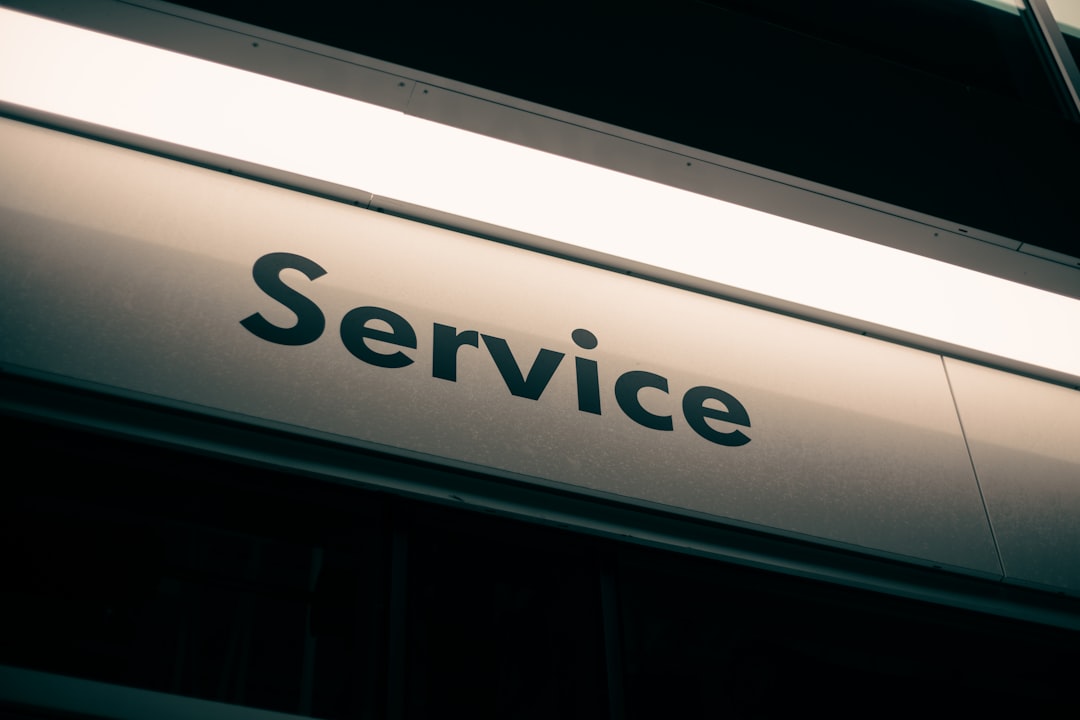Overwhelmed by the Complexity of ? This May Help

One of the most compelling benefits of pre-owned industrial parts is affordability. New equipment and components can be expensive, especially when sourced directly from original manufacturers. By choosing pre-owned options, businesses can reduce upfront expenses and allocate resources to other critical areas such as workforce training, maintenance, or expansion. This cost advantage becomes even more valuable when dealing with older machinery whose original parts may be scarce or discontinued, as pre-owned parts often serve as the only viable replacement option.
Quality is another strong point in favor of pre-owned industrial parts. Many reputable suppliers thoroughly inspect, refurbish, and test components before reselling them. This process ensures that the parts meet industry standards and are capable of performing reliably in demanding environments. Some suppliers even offer warranties or performance guarantees, giving buyers peace of mind that they are investing in components that will last. When sourced from trusted vendors, pre-owned industrial parts can rival the performance of new ones while delivering considerable savings.
Sustainability is an additional factor driving the demand for pre-owned parts. Reusing components helps reduce industrial waste and minimizes the environmental impact of manufacturing new equipment. In an era where many companies are prioritizing eco-friendly practices, choosing pre-owned parts aligns with corporate sustainability goals. It not only extends the life cycle of equipment but also conserves resources by reducing the need for raw material extraction and energy-intensive production processes.
Availability is another advantage. In urgent repair situations, waiting for new parts to be manufactured or shipped can lead to costly downtime. Pre-owned industrial parts are often readily available in local inventories or through specialized resellers, allowing companies to get their operations back up and running quickly. For industries where every hour of downtime can mean significant financial losses, this rapid access can make a major difference in maintaining profitability.
The versatility of pre-owned industrial parts further enhances their value. They can be sourced for a wide range of machinery, from heavy-duty manufacturing equipment and conveyor systems to specialized tools and electronic components. This flexibility makes them useful across various sectors, including automotive, aerospace, food processing, construction, and energy production. Businesses can often find exactly what they need without compromising on specifications or performance.
Ultimately, the choice to invest in pre-owned industrial parts is both practical and strategic. It allows companies to save money, reduce waste, and keep equipment functioning at peak performance without sacrificing quality. With proper sourcing from reputable suppliers, these components can provide the same level of reliability and durability as new ones, all while supporting cost efficiency and sustainability. As industries continue to adapt to economic pressures and environmental responsibilities, the market for pre-owned industrial parts will remain a vital resource for keeping operations efficient, sustainable, and competitive.
